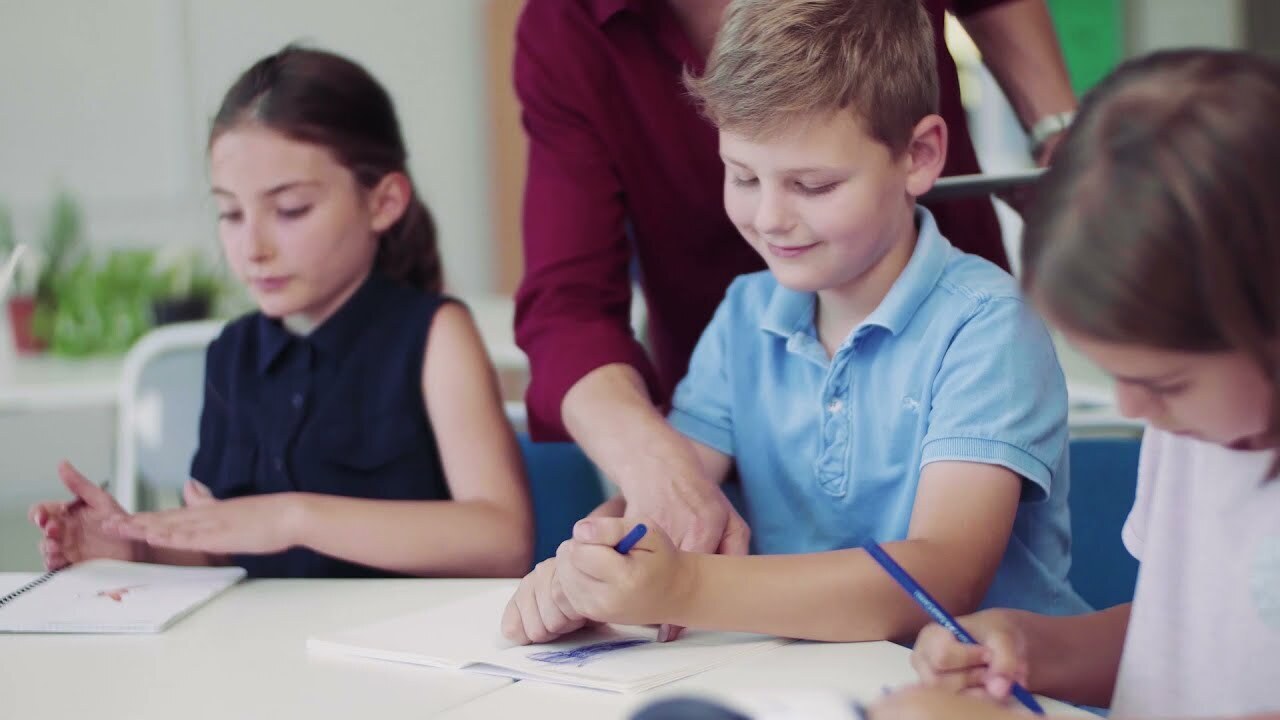
Camfil Report on Air Purifiers for Schools - Facts You Need to Know
The MERV 13 pleated air filters used in the DIY device are far less efficient. Air Purifier for School Classrooms
Do “DIY Air Purifiers” Work Against COVID-19 In Schools? Not Exactly, According To Air Filtration Experts
Parents and teachers across the country are concerned about COVID-19 in the classroom. Vaccinations for children under twelve are still under trial and are several months away from receiving Emergency Use Approval from the FDA (1). In California, an unvaccinated elementary school teacher made the news by infecting half of their students and a total of 26 people around the school with COVID-19 (2). The presence of new variants makes the already contagion-friendly classroom environment even more likely to spread COVID-19 as well as other illnesses.
In the wake of the back-to-school season, instructions on how teachers can make their own “air purifiers” for their classrooms are circulating on the internet and highlighted by major media outlets. The design involves a box fan, four low cost MERV-13 filters, and duct tape, all of which can be found at a local home improvement store or big box retailer. Some have claimed the DIY design is as effective as a HEPA equipped air purifier.
“The single biggest objection I have to that claim,” comments Steve Smith, CamCleaner Segment Manager at Camfil US, “is the MERV 13 pleated filters do not have the particle capture efficiency required to remove a significant amount of potentially virus-laden aerosols from the air stream in a single pass. Expecting this device to be as efficient as a HEPA filter could lead to a false sense of security and actually increase risk.”
How Effective Are DIY Air Purifiers Against COVID-19?
One claim the proponents of the DIY devices make is that they are as effective as HEPA filter air purifiers because inexpensive box fans move a higher volume of air. However, air circulation (the movement of air in a space) and air filtration (removing contaminants from the air) are two separate functions. High volume air circulation in an unventilated space without adequate filtration will not provide suitable protection against COVID-19.
“Airflow in the HVAC world is often expressed as CFM, cubic feet per minute” says Smith. “A cubic foot of air is about the size of a standard basketball. If 100 CFM is flowing through an air filter, you can visualize that as 100 ‘basketballs’ flowing through the filter every minute.”
A tested and certified H14 HEPA filter (as found in the Camfil City M) is 99.995% efficient on a single pass. That means the 100 basketballs of air are 99.995% cleared of the size respiratory aerosol particles that could contain the COVID virus.
The MERV 13 pleated air filters used in the DIY device are far less efficient. In fact, the same 100 basketballs of air would need to recirculate and pass through those MERV 13 filters twelve times in order to equal the cleanliness of air that passes through a HEPA filter only once.
Making matters even worse, those low priced, two-inch MERV 13 pleated filters used in this device are all made with filter media that achieves the MERV 13 value by relying on a temporary electrostatic charge.
As the filters load with dirt, the electrostatic charge is no longer capable of maintaining MERV 13 efficiency and the filter often drops to as low as a MERV 8. Without the benefit of the charge, which can happen within weeks of class starting, those 100 basketballs of air would need to pass through the filter almost 75 times to equal a single pass through a HEPA filter.
(Related article: What N95 Respiratory Masks Can Teach Us About Air Filters.)
A MERV-8 rated air filter is enough to protect the mechanical parts of your HVAC system from being damaged by large particles of dust and debris, but it doesn’t provide the level of filtration required to capture virus-infected respiratory droplets. Without a HEPA filter that captures 99.995% of these particles in a single pass, a DIY unit like this is essentially just a fan that blows them around the room, but removes very few.
Box fans can, according to the CDC, be used to improve the effectiveness of opening windows as a form of ventilation by pushing the air out (3).
“If you want to make one of these for your home workshop to control sawdust from power tools, this is a great project to undertake,” advises Smith, “but for serious risk mitigation against COVID in a classroom, a DIY design will not be nearly as effective as a professional air purifier equipped with tested and certified HEPA filters.”
Resources:
https://hvacairfiilters.submitmypressrelease.com/